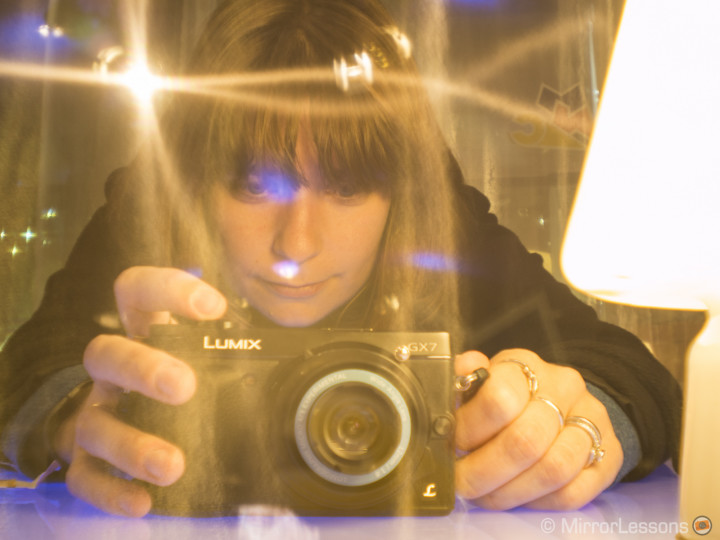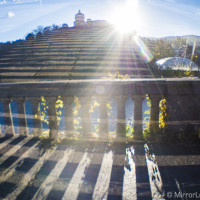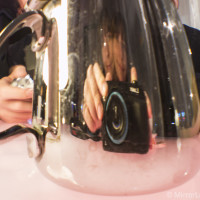Don’t think, just shoot! is Lomography’s motto. It is both a company and a photography movement which has grown a very large following through the usage of film, saturated colours, vignetting and the idea that a camera must become an extension of yourself in every moment of your life. Recently, they released their very first products for digital photography, the Experimental Lens Kit for Micro Four Thirds cameras. But what is Lomography exactly?
When Lomography U.S.A. contacted us and asked if we were interested in reviewing the lenses, my knowledge of Lomography was very limited. But since I always love trying new photography gear, I accepted with enthusiasm and soon began my research into the company.
The Lomography story started back in the early 90s, when a group of Austrian students discovered the Lomo Kompakt Automat, a small film camera made in Russia. They were astounded by its deep saturated colours, vignetting and unique rendition. From there, the idea of reproducing and distributing these cameras began to spread, later producing the products and a new style of artistic experimental photography we know today as Lomography.

The Experimental Lens Kit is the first set of lenses produced for digital photography, and the choice to go Micro Four Thirds couldn’t have been more ideal. The kit consists of three lenses: a 160° fisheye, a 12mm and a 24mm. They are of course manual focus lenses. The basic specs may not appear appealing at first because all three lenses have a fixed aperture of f/8. Plus, the price tag of $89 could lead you to think of them as toy lenses more than anything else.

However, these lenses are something totally different from the usual pieces of glass you will use on your Olympus Pen, OM-D or Panasonic Lumix camera.
The most interesting aspect is that they have an internal shutter, which makes them perfect for multiple exposure photographs. Actually, Lomography claims that they are the first lenses able to take real optical multiple exposure shots with digital cameras.

Basically, you set the camera by choosing the bulb mode (manual long exposure). This means that when you press the shutter button and hold it down, the camera shutter will stay open and this is when the lens shutter enters the game. You have the option on the lens to shoot either at 1/100 seconds or in B (bulb) mode, meaning that the longer you keep the lens shutter open, the longer your exposure will be.

The lens also has another switch that will open the shutter, letting you preview your composition before taking the shot. Since you can’t change the aperture, you need to evaluate the light according to the shutter speed and the ISO sensitivity. You can also leave the lens shutter open and use it as a normal lens. Don’t expect wonderful performance – after all, any talk of sharpness, distortion and other aspects means you are totally missing the point of these lenses.
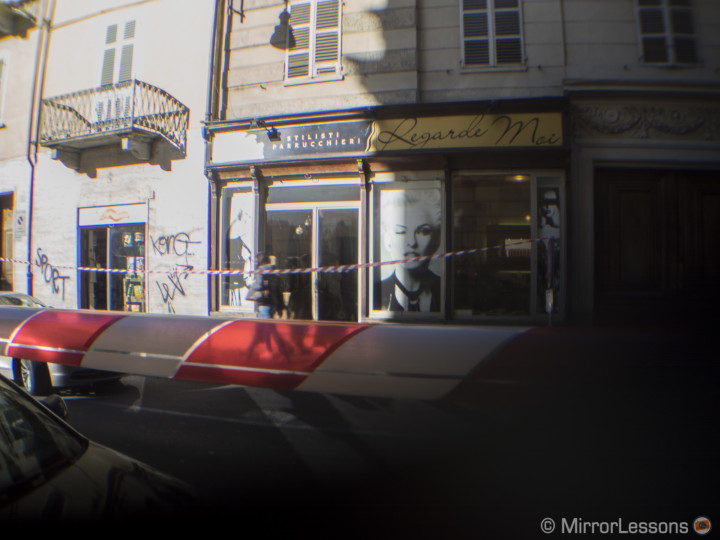


These experimental lenses must be used for pure fun and nothing else.
Though I was doubtful at first, multiple exposure can actually be very entertaining. It is also difficult to master but the whole point is to try and try again to see what kind of results you can come up with. It can become a real game of trial and error!
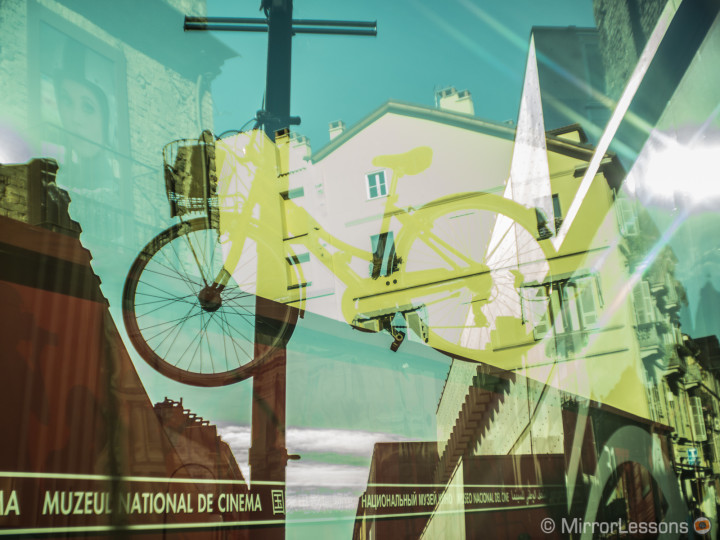
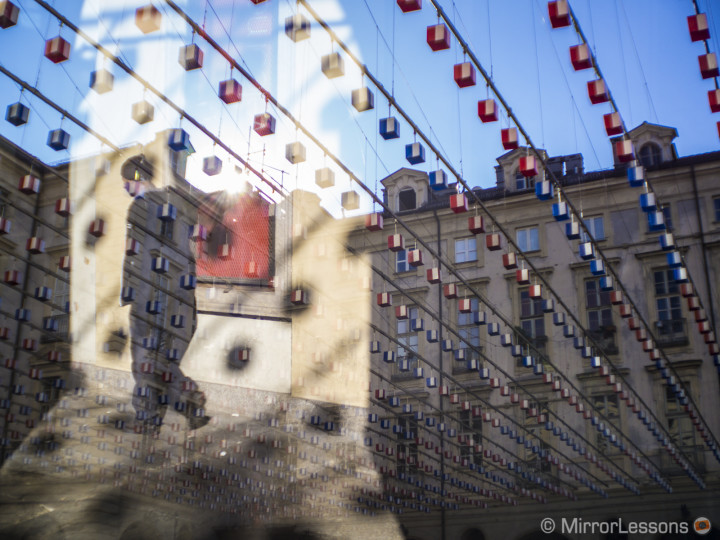



You may ask why one might bother with Lomography lenses since many modern mirrorless cameras feature a multiple exposure feature. Well, the reasons are several. First, most cameras only let you blend two exposures (with the GX7, you can go up to 4). With the Lomo lenses, using the camera’s bulb function and lens shutter, you can theoretically merge as many exposures as you want, as long as the picture doesn’t receive too much light and become overexposed.
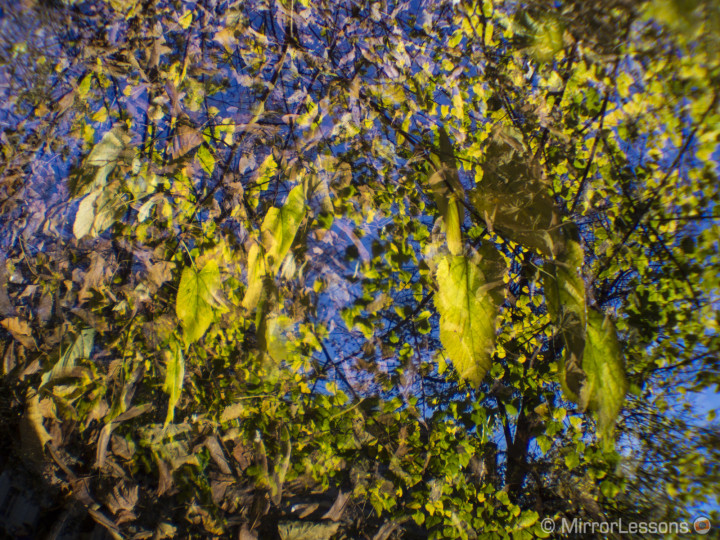

The second reason is that most of the multiple exposure features will merge the two pictures by applying a 50% opacity on each frame and blend them together. With the Lomo lens, since you are controlling a real shutter, you can control the light hitting the sensor for each exposure. This allows you to play around more with speed and light for creative effects. For example, at night, you could use the 1/100 lens shutter speed to capture a sharp image as your first exposure, then merge it with a slower lens shutter speed to create some unique effects. Basically, you create a multiple exposure picture by combining different shutter speeds in a single shot.
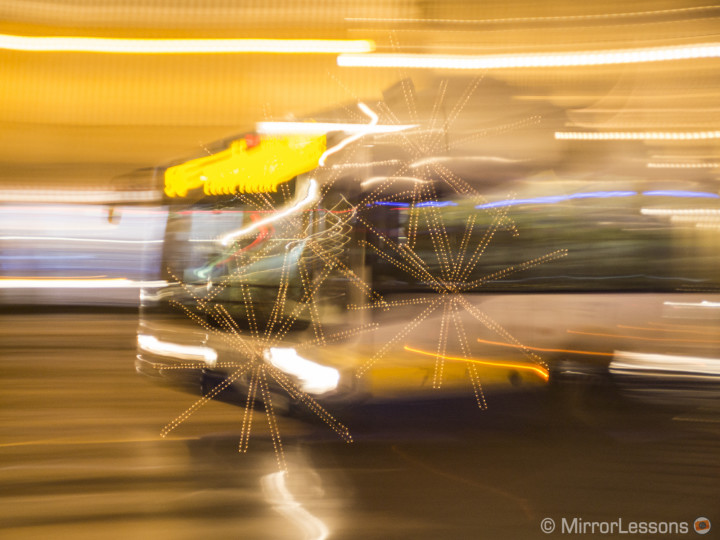

These lenses and the Lomography concept can help you develop a different approach to your photography. Imagine them as a more creative alternative to snapping everything you see on, say, your smartphone and applying a retro vintage filter to make it look cool. It can definitely boost your creativity, as you can see in the example below taken by Heather with the GX7 and the 160° fisheye.


With these lenses, you also receive a set of coloured filters that you can insert into the lens. Doing so applies a tint. If you use them with your camera’s artistic modes like the Olympus Art effects, you will get an even more “vintage” result.


I’ve always found double exposures something very difficult to make, especially if you are trying to give it meaning and tell a story. But I guess in this case I’m thinking too much, as always! I am not a pure “lomographer” yet, and I will definitely need more practice before I feel confident enough to write a complete review! In the meantime, enjoy the gallery we’ve compiled below of our best shots from the past two days (shot with the Pen E-P5 and GX7).
If you are interested, you can order this lens kit on the official Lomography website.
